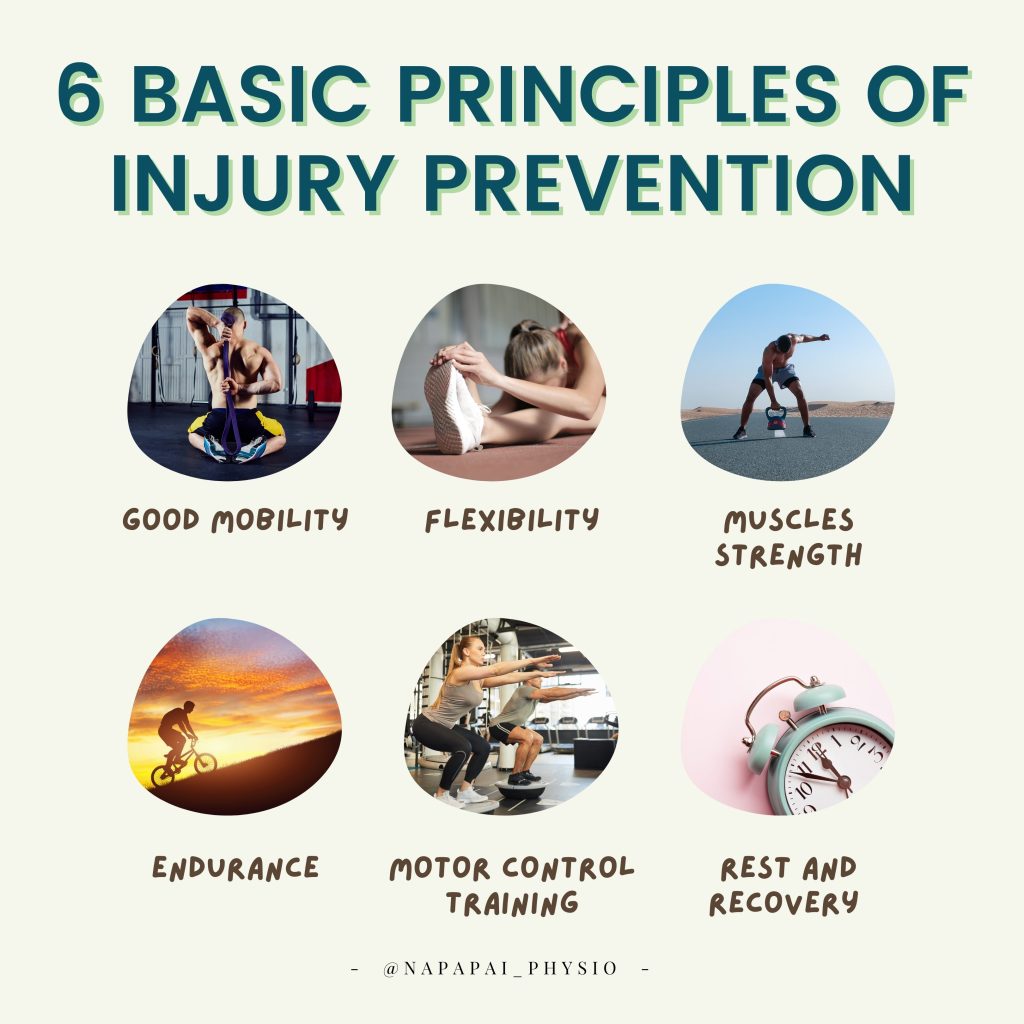Let me start by sharing a personal story. A couple of years ago, I was an avid runner, logging in dozens of miles every week. Until one fateful day, I felt a sharp pain in the back of my thigh. It was a hamstring strain, and it took me several weeks to recover fully.
This experience made me realize the importance of flexibility training for injury prevention. Prior to my injury, I had neglected to include regular stretching and flexibility exercises in my workout routine. I had seen it as an unnecessary addition to my already time-consuming workouts. Little did I know that flexibility training could have saved me from that painful setback.
Stretching and flexibility exercises play a crucial role in maintaining overall musculoskeletal health. Flexibility refers to the ability of muscles and joints to move freely and through their entire range of motion. By improving flexibility, we increase our body’s resilience to physical stressors, reduce the risk of injury, and enhance athletic performance.
One of the main benefits of flexibility training is injury prevention. When our muscles and joints lack flexibility, they become more susceptible to strains, tears, and other injuries. Imagine a rubber band that is stretched to its limit. If you pull it even slightly, it is more likely to snap. The same principle applies to our muscles. When they are tight and inflexible, any sudden or excessive movement can lead to injury.
Stretching helps to improve muscle elasticity and length, allowing them to endure more stress without getting injured. When we incorporate regular flexibility exercises into our fitness routine, we increase the flexibility of key muscle groups, such as the hips, hamstrings, quadriceps, and calves. This improved flexibility promotes proper alignment of the body during physical activity, reducing the risk of muscle imbalances and compensatory movements that can lead to injury.
Flexibility training can also contribute to better posture and joint health. Many of us spend a significant amount of our day sitting, whether it’s at a desk, in a car, or on a couch. This sedentary lifestyle can lead to muscular imbalances and poor posture, putting undue stress on our joints. By incorporating stretching exercises into our daily routine, we can counteract the negative effects of sitting by lengthening and strengthening our muscles, thus improving posture and reducing joint strain.
Additionally, flexibility training can enhance athletic performance. When our muscles and joints are more flexible, we are able to move more efficiently and with a greater range of motion. This translates into improved performance in various sports and physical activities. Furthermore, increased flexibility allows for better coordination and balance, which are essential in many athletic disciplines.
Now that we understand the importance of flexibility training, how can we incorporate it into our fitness routine? First and foremost, it’s essential to warm up before stretching. Engaging in a light cardiovascular activity, such as brisk walking or cycling, helps to increase blood flow to the muscles and prepares them for stretching.
There are different types of stretching exercises, including static, dynamic, and proprioceptive neuromuscular facilitation (PNF) stretching. Static stretching involves holding a stretch for a specific period, usually around 30 seconds. This type of stretching is great for improving flexibility over time. Dynamic stretching, on the other hand, involves continuous movement, typically mimicking the motions of the activity you’ll be engaging in. It is useful for warming up before a workout or sporting event. PNF stretching combines passive stretching with isometric contractions, providing a more intense stretch and promoting greater flexibility gains.
When determining the duration and frequency of flexibility training, it’s crucial to listen to your body. Start with shorter durations and gradually increase as your flexibility improves. Aim to stretch major muscle groups at least two to three times a week, and make sure to include both upper and lower body stretches.
It’s also important to note that flexibility training should be performed when the muscles are warm. Stretching cold muscles can lead to injury. Therefore, consider stretching after a workout, when the muscles are already warmed up, or incorporate a brief warm-up before stretching sessions.
Remember that consistency is key. Just like any other aspect of fitness, flexibility gains take time and dedication. Be patient and persistent, and you will reap the benefits of improved flexibility and reduced injury risk.
In conclusion, incorporating flexibility training into your fitness routine is not just about touching your toes or doing splits. It is about maintaining musculoskeletal health, preventing injuries, and enhancing overall physical performance. By taking the time to stretch and improve your flexibility, you are investing in your body’s longevity and optimal function. So, let’s prioritize stretching and make it an integral part of our fitness journey. Your body will thank you for it!

